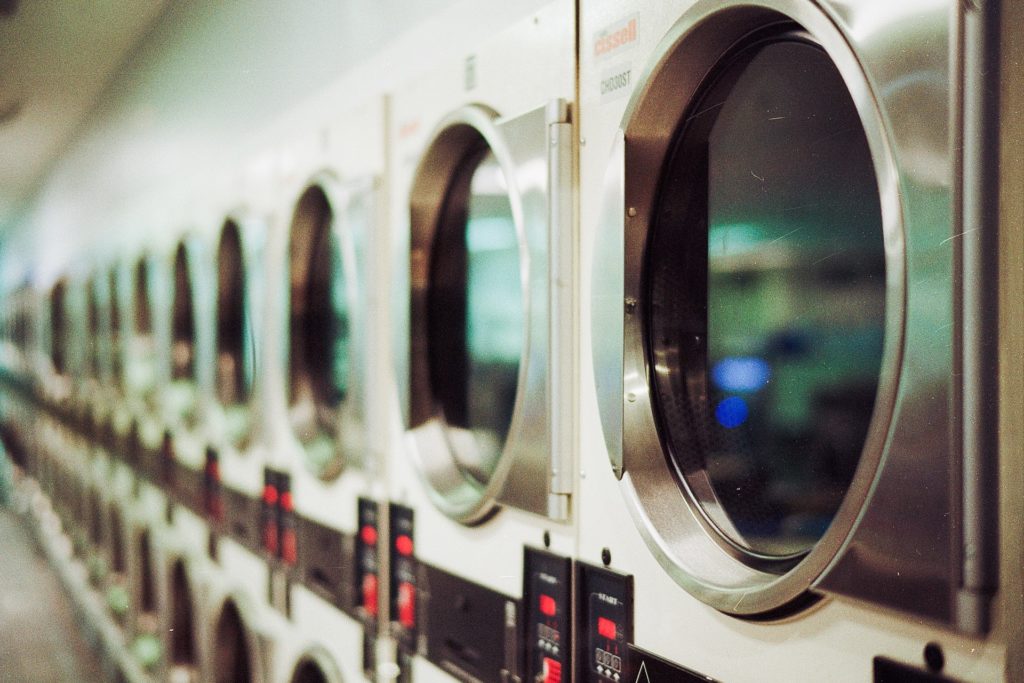The globe is now facing grave climate change issues stemming from using poor energy-saving appliances in our homes leading to increased demand of the world’s natural resources. Besides, our cumulative monthly expenditures are continuously growing from the cost of energy.
Energy-efficient home appliances save up on energy, which lessens greenhouse gas emissions, thus benefiting our environment. It’s a simple concept even a baby would understand. Simple practices like buying LED bulbs rather than old CFL bulbs will save you a great deal.
Other practices like unplugging appliances not in use and replacing old appliances with new ones could result in long-term energy savings. That’s why the government, via the US Department of Energy (DOE), supports the idea of changing old devices with novel energy-saving ones.
So, to realize those savings on energy, here are some tips to ponder while buying energy-efficient home appliances:
What Is The Total Cost?
It should be the first aspect to consider for any new purchases you make if you aim to save on regular energy expenses. You should ask yourself questions such as; What is the operating cost? Does the appliance rate its energy consumption? Most energy-saving appliances have it on a distinct label, and others have it on an Energy Star Standard Sticker Guide label in yellow or black.
Energy guide labels indicate:
- Efficiency.
- The average usage cost.
- Energy-saving costs of the appliance.
- Other nitty-gritty such as: The model, size, and annual operating expenses.
Buy Appliances With Energy-Saving Settings
Interestingly, home appliances with energy-saving settings or ability will save you considerable amount of energy, and even water, while not compromising their efficiency. For instance, energy-saving settings are paramount novelty for dishwashers. You can save both energy and water and still get your dishes clean. You can try out these settings and see how they work for you. Other settings that can save you energy include; “cold water” and “hand wash” settings.
Choose The Right Size
For each home appliance, size matters. For instance, a small air conditioner will run for a long time while using additional energy to cool a select space. Likewise, using a larger unit may not be the solution. They quickly lose efficiency from being switched on and off numerous times.
So, capitalize on buying appliances that are appropriate in size and equals to your needs. Also, to achieve reduced energy consumption by 15%, always ensure the filter is clean.
What Are Its Design Features?
The aesthetics of an appliance comes from its design. However, other aspects like its tasks and energy consumption can also be affected by the design. Present home appliances have varying design styles that impact their effectiveness.
For example, a refrigerator with its freezer on the side is inefficient compared to one with freezer units at the top or bottom. And those that have ice dispensers add up to more energy used in order to achieve convenience. According to the DOE, they also limit air circulation.
Can You Find A Cheaper Power Source?
While buying a water heater, remember you can pick one that uses a cheaper energy source. The energy source impacts the operating cost at large. Using natural gas is affordable and energy-efficient in comparison to electricity. However, the dynamics that go into installing natural gas can be a lot for a home without the necessary setup. Though, nothing beats the benefits natural gas offers the environment, as well as the energy-saving cost implications.
Buy Smart Appliances
The growth of technology continuously impacts our homes. For instance, the use of smart home appliances offers significant energy efficiency. The new smart home appliances work when you couple them to home programmed energy management systems such as a HVAC system. Smart devices improve energy efficiency such as by regulating heat when no one is home and at night when living rooms are vacant.
Prioritize
Have you realized that some home appliances consume more energy than others? Replacing the most inefficient and energy-consuming home appliance will save you a lot in running costs down the line. Refrigerators, for instance, are very energy demanding. So, to save 10% – 15% on utility expenses, energy-star rated models are usually the best, followed by the common standard designs. Modern energy efficient models will reimburse you up to 40% in running costs when compared to the ancient models of the 90s.
While modern energy efficient appliances can be pricey, don’t be discouraged. The purchase is only one-time, while in the long run, you’ll realize a whole lot of savings. Remember, one act of purchasing an energy-efficient home appliance goes a long way in reducing your carbon print while saving you money.







